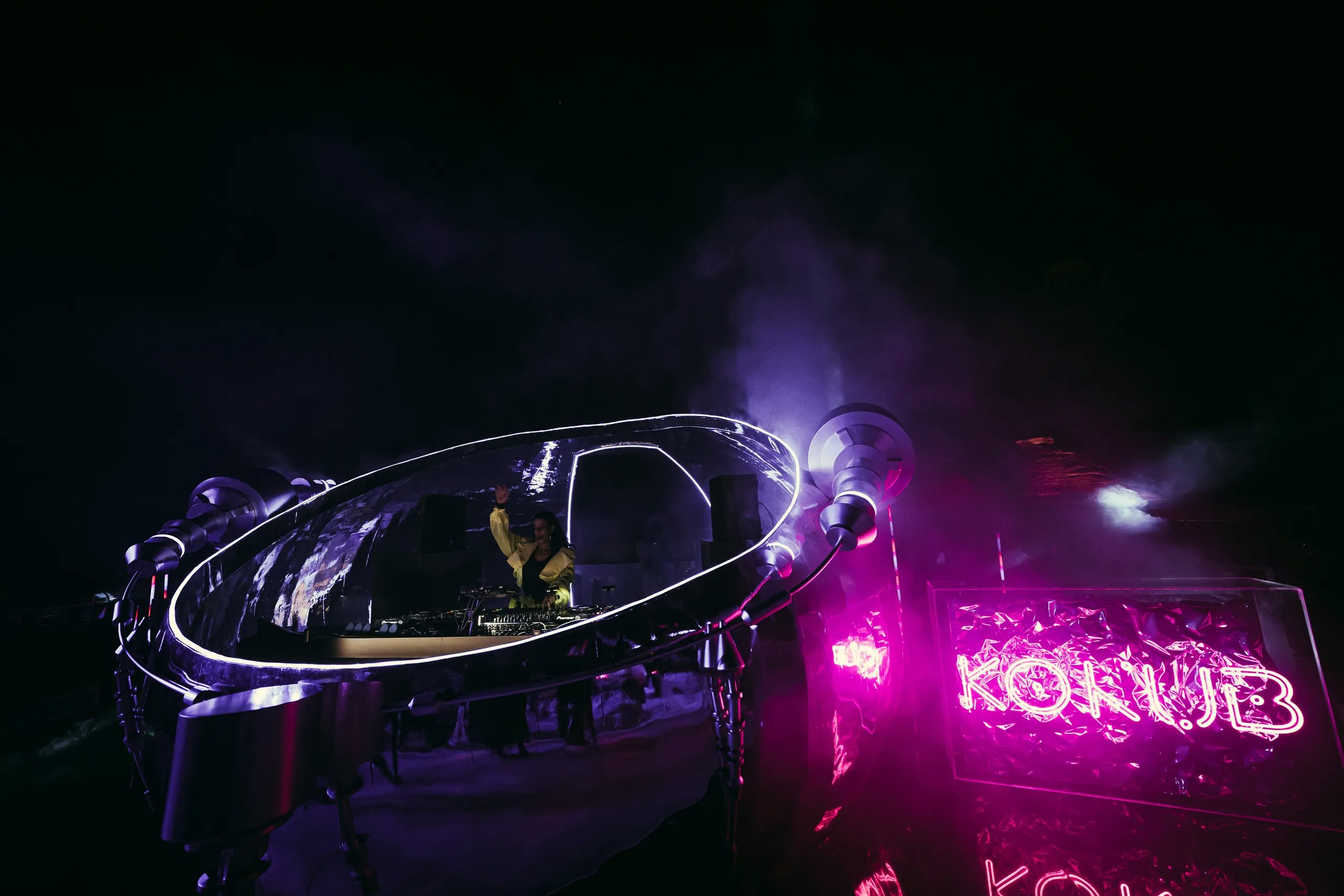

The Symphony of Diversity: Types of Musical Instruments
By MDLBEAST
October 15 2023
The Symphony of Diversity: Types of Musical Instruments
By MDLBEAST
October 15 2023
The world of music is diverse and fascinating, woven together by a multitude of musical instruments that each contribute a unique color to the symphony of sound.
The variety of instruments symbolizes humanity’s artistic and cultural wealth, from the ethereal tones of wind instruments to the futuristic electronic beats of today's technology. This article takes you through the types of musical instruments that paint this harmonious canvas - from its beginnings to popular modern iterations.
String Instruments: Weaving Melodies
The history of string instruments dates back to ancient civilizations, who created the first string instruments from animal intestines and plant fibers. The erhu of Asia and the lyre of Europe are only two examples of the distinct variants of this type of musical instrument that emerged as these instruments evolved throughout regions.
Classical music as we know it owes a great deal to the Renaissance when iconic string instruments like the violin, viola, cello, and double bass first appeared. Various musical styles, from rock to jazz, have been revolutionized by introducing electric versions made possible by current technology.
String instruments produce sound through the vibrations of strings that are plucked, bowed, or struck. These instruments are essential to many musical traditions due to their depth and emotive capabilities. Violins, cellos, and double basses evoke poignant melodies, while both acoustic and electric guitars strum their way through various genres, from folk to rock. The oud resonates with nostalgic tradition, and the harp offers celestial tones that evoke magic.
Wind Instruments: Breathing Life into Music
Introducing the fascinating history of wind instruments, the Neanderthal Flute, discovered in the Slovenian cave of Divje Babe. This artifact holds the title of the world's oldest documented type of musical instrument at over 50,000 years old.
Early wind instruments were fashioned from natural materials like reeds, bones, and shells, with designs. Over time, these designs evolved into more sophisticated forms like the Egyptian flute and Greek aulos. In Asia, instruments like the Chinese dizi and Japanese shakuhachi materialized, while the Middle Ages brought about advancements in construction, resulting in instruments like the medieval pipe and recorder.
The Renaissance period saw the development of the brass family, featuring key additions like the trumpet and trombone. Brass instruments, a subset of wind instruments, are known for their grand and imposing tones. Among them, the trumpet, trombone, French horn, and tuba stand out as commanding brass instruments that infuse triumph and grandeur into orchestras and ensembles. The rich timbre they provide to compositions makes brass instruments essential to classical and modern music.
Meanwhile, woodwind instruments like the clarinet and oboe emerged during the Baroque era. Modern wind instruments like the saxophone and the many varieties of woodwinds and brass were made possible by mechanical advancements that developed during the Industrial Revolution.
Human ingenuity shines through the mechanics of wind instruments, which use air pressure to generate sound. When playing a wind instrument, the musician's breath is the sole source of sound production. Wind instruments cover a wide range of sounds, from the soft tones of the flute to the soaring solos of the saxophone. Together, they contribute to the symphony's intricate fabric woven from the trumpet's regal fanfare, the clarinet's expressive melodies, and the oboe's haunting tones.
Keyboard Instruments: Versatile Melody Makers
Keyboard instruments encompass a wide range of instruments played with a keyboard interface. The earliest form of this type of musical instrument was the hydraulis, a water-powered organ in ancient Greece. While the organ evolved through the Middle Ages, the harpsichord gained popularity in the Renaissance. Both of these instruments have come to be known for evoking historical elegance.
Fast-forward to the 18th century, and the invention of the piano (often considered the cornerstone of keyboard instruments) revolutionized keyboard music. With its intricate system of hammers and strings, it offered an intricate approach to composition. In the 20th century, electric and digital keyboards emerged, allowing for a novel versatility in sound production.
Electronic Instruments: The Future's Sonic Palette
The proliferation of electronic technology has given rise to a new realm of unexplored musical possibilities. Electronic instruments generate sound by manipulating digital data, which paves the way for creating innovative textures and effects.
Synthesizers, drum machines, and digital audio workstations (DAWs) allow musicians to build intricate soundscapes and experiment with genre-blurring compositions. The very definition of electronic music exemplifies the creative amalgamation of technology and artistry - a philosophy celebrated by MDLBEAST’s Soundstorm festival.
The event provides a platform for established and emerging musicians (in the electronic genre and beyond) to showcase their artistry in an exhibition that combines science and art in the splendor of creative entertainment.
Education Initiatives: Nurturing Musical Minds
Education plays a pivotal role in shaping the future of music. Initiatives like the one undertaken in Saudi Arabia, where 7,000 kindergarten teachers are enrolling in music training, highlight the importance of music education. This initiative aims to equip teachers with the necessary tools for integrating music into their classrooms, thereby enabling a whole generation of students to explore and experience the numerous joys and benefits of musical expression.
This commitment to nurturing musical sensibility and understanding at a young age will ensure the continued advancement of musical technology, software, and instruments. The future generation of musicians will, in turn, greatly benefit from the expansion of possibilities they have to experiment with their sound - inspiring a constantly refining sonic landscape.
Share this


